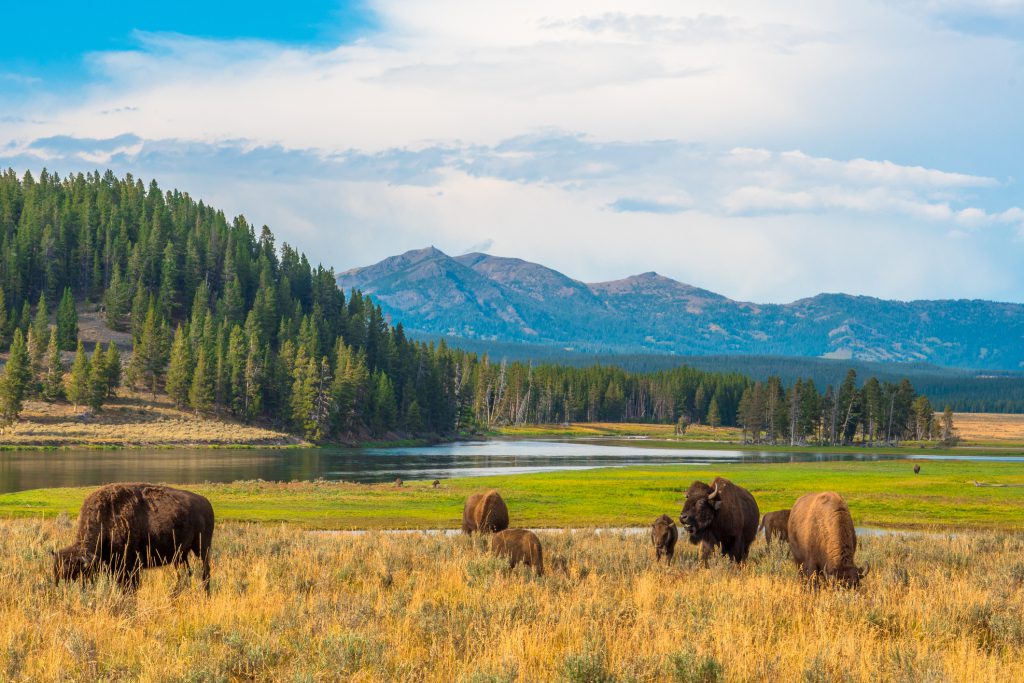The Center for Biological Diversity and Center for Food Safety filed a petition on Thursday requesting the U.S. Fish and Wildlife Service (USFWS) to ban the use of agricultural pesticides on national wildlife refuges.
While the National Wildlife Refuge System was created to provide a sanctuary for threatened and endangered species, migratory birds and other wildlife, industrial farming has become commonplace across its protected lands, and, along with it, a heavy use of agricultural pesticides.
“Uses of agricultural pesticides for the purpose of growing commercial row crops such as corn and soybeans on national wildlife refuges destroys the integrity and health of these remarkable lands,” the petition states.
The petition calls for the USFWS to end the use of agricultural pesticides, such as glyphosate, 2,4-D, dicamba and paraqua, and to reverse a decision by the Trump administration that allows the use of neonicotinoids, which are known to kill bees and birds, and genetically engineered crops in wildlife refuges. The adoption of GE crops promotes a dramatic increase in pesticide use, as they are designed to withstand what would normally be considered a lethal dose of pesticides.
The petition provides extensive data on the harmful effects of agricultural pesticides. For example, a 2021 biological evaluation by the U.S. Environmental Protection Agency concluded that the pesticide glyphosate is likely causing harm to 93 percent of all federally listed threatened and endangered species, as well as 759 out of 792 designated critical habitats in the United States. Glyphosate is also recognized by international bodies and the state of California as a probable human carcinogen. Despite this, an estimated 69,143 agricultural acres in the refuge system were treated with 88,159 pounds of products containing glyphosate in 2018 alone.
In general, 363,000 acres of commercial agricultural crops on wildlife refuge lands were sprayed with more than 350,000 pounds of agricultural pesticides in 2018. This is a 34 percent increase over the acreage sprayed in 2016, according to an analysis of refuge pesticide use linked to in a Center for Food Safety press release.
‘“We call on the Biden administration to help stop extinctions by taking the commonsense step of prohibiting the unnecessary use of deadly pesticides on the lands set aside to protect our most vulnerable plants and animals,’” Hannah Connor, an attorney at the Center for Biological Diversity, said in the press release. “‘It’s time for the Fish and Wildlife Service to actually prioritize the needs of fish and wildlife over the wishes of private commercial interests profiting off poisoning our public lands.’”
The National Wildlife Refuge System was established in 1903, and currently spans 100 million acres of public lands and waters that feature a diverse array of habitats, such as rare and ecologically significant lowland grasslands and wetlands, and 750 million acres of oceans. These protected areas provide habitat for more than 700 species of birds, 220 species of mammals, 250 species of reptiles and amphibians and more than 200 species of fish, the petition states.
